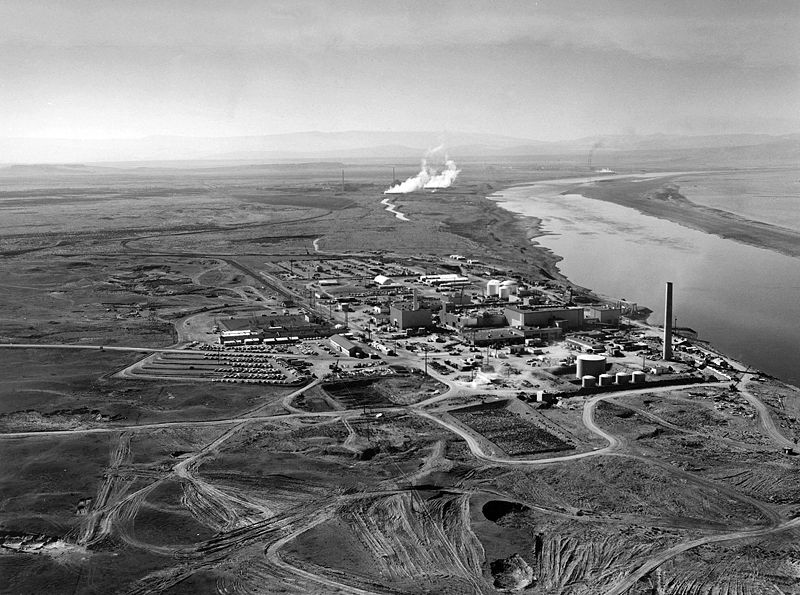
Generally, when a person hears the word ‘nuclear’ they are reminded of how daunting and how dangerous nuclear weapons can be. However, a nuclear weapons production site is now open as a national park people can tour – one that has the distinction of being the most polluted park in the nation.
The national park and its workers are expecting thousands of visitors to tour the Hanford Nuclear Reservation just outside of Seattle, Washington. Thankfully, visitors will not be allowed to go anywhere near the toxic radioactive waste. The manager at Hanford Park, Colleen French, says that everything is perfectly safe in the park, except for the radioactive materials, and those are miles away from the touring areas.
Along with the Hanford Nuclear Reservation there are other areas and sites that are open for touring. Those sites include Oak Ridge, Tennessee and Los Alamos, New Mexico. The Manhattan Project National Historic Park decided to sign the areas into tourist projects in November. The Manhattan Project was first created when the U.S. needed an area to build an atomic bomb during World War II.
At the Hanford park one of the main attractions will be a B Reactor, which is the world’s first full-sized reactor. Other attractions will be the ghost towns of Hanford and White Bluffs, which were evacuated by the government to make room for the Manhattan Project. The B Reactor was built in only one year and produced plutonium for the Trinity test blast in New Mexico. It was then used for the atomic bomb drop in Nagasaki, Japan, which resulted in the Japanese surrender of World War II.
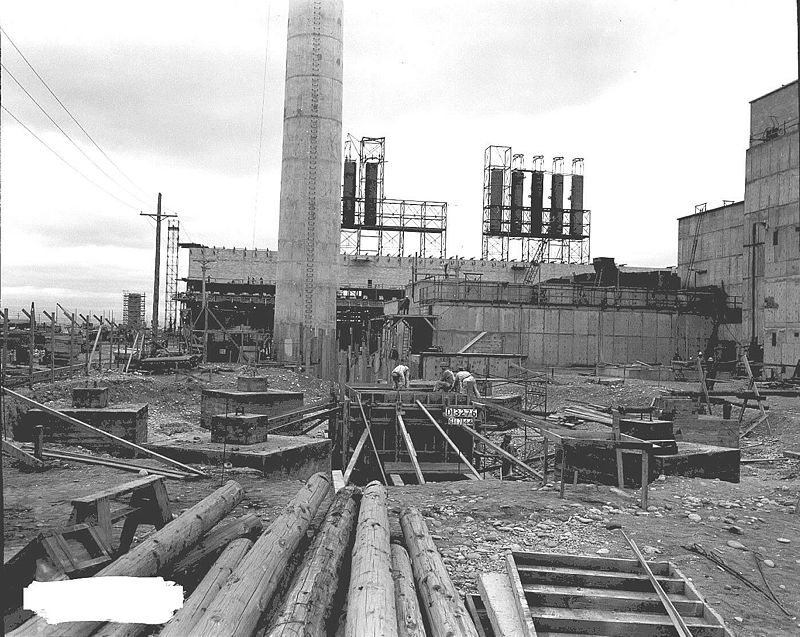
Before the Hanford site became public, there were more than 50,000 people from all over the United States working on a top-secret project at the site in 1943. The 300 people who lived in Richland, adjacent to the Hanford site, had been evicted and the town skyrocketed in population. People worked 24 hours a day to build reactors and process plants that produced plutonium, the key ingredient for the nuclear weapons.
Along with the tours of the park, there will be tour guides relating stories of those 50,000 workers and the scientists who performed the research into making a successful nuclear weapon. One man in charge of the tour guides says that the stories are still being worked on. He intends to tell the full and lengthy version so that tourists will fully understand the work that went on before and during the war. He also intends on telling the Japanese perspective, which is generally never done.
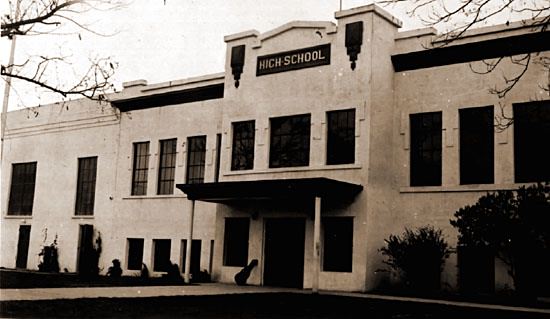
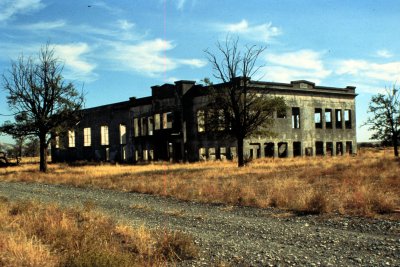
He says the most noteworthy thing about the whole park is its complete history. Hanford went from a sparse ranching community to the site of the first plutonium nuclear bomb in just 18 months. After the first successful nuclear bomb, there were nine more B reactors made. They were operated during the Cold War to make the plutonium for the U.S. nuclear arsenal, creating nearly 56 million gallons of toxic radioactive waste in the process. The government today still spends about one billion dollars per year to maintain that waste and to maintain the clean- up.
French said that the touring sites are still being worked on, as well as the presentation of the history of the site. However, since 2009 the towns that were evacuated have themselves reached nearly 10,000 visitors a year. She said that the plan is to expand the visitors and school groups even more with the opening of this park.
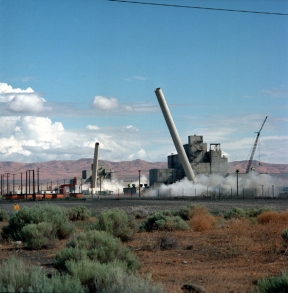
The tour will be open for six months and will allow the visitors to view the B Reactor as well as the exposed face of the reactor and control room. In the control room, the visitors will be able to take photos and sit and view every detail. Although a majority of the work took place back in the 1940s, there are still about 1,000 people working on the site – inventing and implementing new ways to clean up the nuclear waste that was